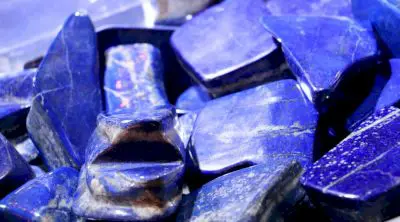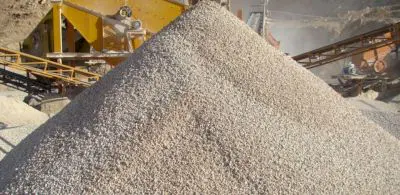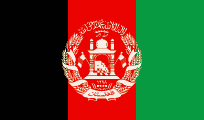Sand Prices in Afghanistan
Commercial obligations in Afghanistan, Law on Cooperatives, Enterprises and Banks. Sand is produced by crushing rocks. Total value of Afghanistan's mines is equivalent to 1.5 trillion dollars. Most of the coarse aggregates have fine materials, such as clay or dust from the stone crushing process, with a rough texture. Import and Export of Afghanistan and goods that are main items for export. Natural sandNatural sand is one of the coarse types of materials that are obtained from the depths of wells and are usually available in red and orange colors
Add your import and export orders to this list
Warning: Undefined variable $formTitle in /home/anbar/domains/anbar.asia/anbar/inc/html/desktop/orderform.php on line 10
Warning: Undefined variable $marketName in /home/anbar/domains/anbar.asia/anbar/inc/html/desktop/orderform.php on line 12
Warning: Undefined variable $location in /home/anbar/domains/anbar.asia/anbar/inc/html/desktop/orderform.php on line 12
If you want to trade in the , please join in Anbar Asia. Your order will be shown here, so the traders of contact you

Afghanistan has natural gas, oil, coal, marble, gold, copper, chromite, talc, barite, sulfur, lead, zinc, iron ore, salt, precious and semi-precious stones. The total annual consumption of sand in the world is approximately 53 billion tons, if we consider this figure for people on the planet, each person uses 20 kilograms of sand daily. Afghanistan is an agricultural country with a high livestock capacity. Sand is formed by the erosion or breaking of pebbles and the weathering of rocks
- Afghanistan Plaster Market
- Afghanistan Cement Market
- Afghanistan Glass Market
- Afghanistan Sand Market
- Afghanistan Brick Market
- Afghanistan Clay Market
- Afghanistan Concrete blocks Market
- Afghanistan wood and timber Market
- Afghanistan lime Market
- Afghanistan Ceramic Tile Market
- Afghanistan paint Market

The original locality for lapis lazuli is the Sar-e-Sang deposit in Afghanistan's remote Badakhshan district. In the Achaemenid period, azure was called "Kabutkeh". In the Sassanid period, azure was consumed a lot. The roof of Ctesiphon, as well as various sculptures, is made of azure; it is possible that they used azurite instead of azure in making these works.
Read More ...
According to the standard classification of uniform soil, sand is divided into two categories: fine sand and coarse sand. Solid soil particles are called sand if their diameter is between 0.50 and 2 mm. Sand is in very commonly use in construction, often providing bulk, strength and stability to other construction materials such as asphalt, concrete, mortar, render, cement, and screed.
Read More ...
In 2010, US Pentagon officials, along with US geologists, uncovered approximately $ 1 trillion in untapped mineral reserves in Afghanistan. A Pentagon note says Afghanistan could become Saudi Arabia's lithium. Some believe that intact minerals are worth up to $ 3 trillion.
Read More ...
Sand is produced by crushing rocks. Coarse stones are produced from the crushing and separation of natural stones, and finer sands, in addition to stones, also contain shells and corals. In civil engineering, aggregates smaller than 75 mm and coarser than 4.75 are called sand. Sands are divided into two categories according to the source and type of grains used in construction.
Read More ...
